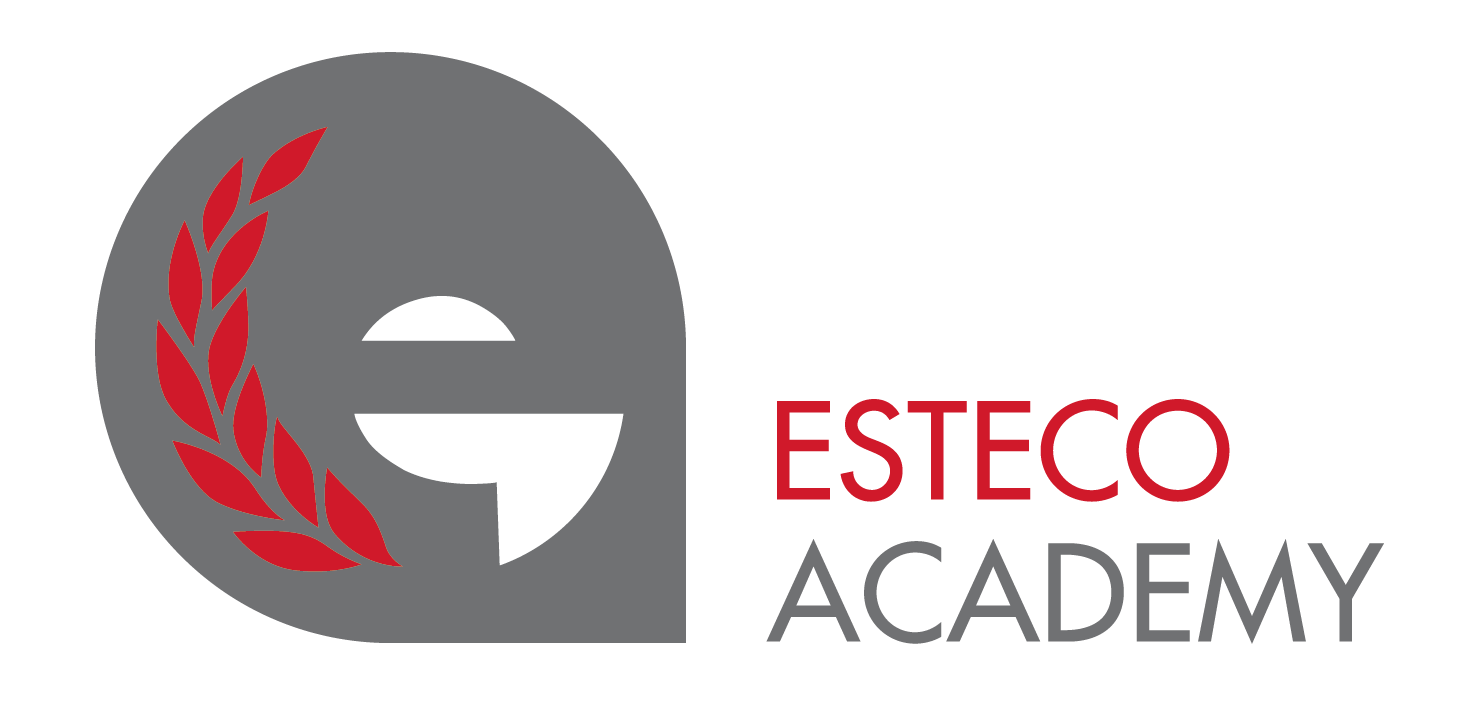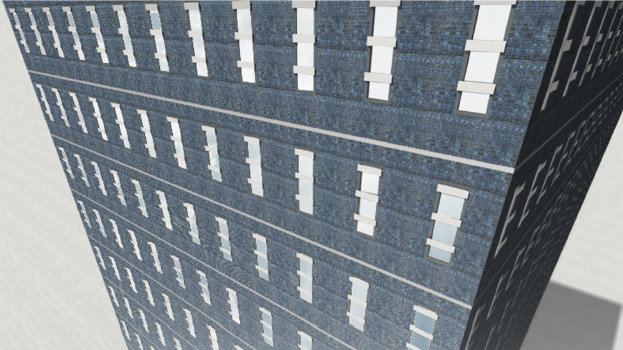High-Rise Office Building achieves zero energy use with optimization-driven design technology


- Institution: Delft University of Technology
- ESTECO Software Solution: modeFRONTIER
-
Benefits:Visualize optimization trends and perform sensitivity analysis to assess the impact of the various facade parametersAchieve 33% reduction on annual building’s energy consumptionPerform 1000 evaluations in order to find the trade-off solutions for several design issues
Evangelia Despoina Giouri, MSc graduated from the Faculty of Architecture and the Built Environment of Delft University of Technology, used modeFRONTIER to assess the energy performance and thermal comfort towards zero energy high-rise buildings.
"modeFRONTIER helped to achieve 33% reduction on annual building’s energy consumption."
Challenge
Currently, 40% of the European Union’s final energy consumption and 36% of greenhouse gas emissions are attributed to buildings. New strategies to design nearly Zero Energy Buildings (nZEBs) are essential to meet climate targets set by the European Energy Performance of Building directive. This research applies process automation and optimization technologies to develop a new integrated simulation methodology to design nZEBs in a Mediterranean climate. This concept has been applied to a high-rise office building featuring photovoltaic panels integrated into the facade walls, located in the hot-dry climate of Athens, Greece.

Solution
The goal is to define which construction parameters have the highest impact on annual energy demand and thermal comfort in the building. The simulation process was created in modeFRONTIER workflow coupling Rhino/Grasshopper modeling environment and EnergyPlus software to simulate energy consumption and daylight illuminance levels. Two optimization runs have been executed to investigate the influence of building parameters that can have a contradictory impact on cooling, lighting, heating energy loads, and four different facade orientations.

Parallel Coordinate Chart allows to identify which parameters are relevant to obtaining better designs.
Benefits
The genetic algorithm NSGA-II allowed performing 1000 evaluations in order to find the trade-off solutions for several design issues affecting energy performance and thermal comfort levels. “We were able to achieve 33% reduction on annual building’s energy consumption (from 109.12 kWh/m2 to 73.13 kWh/m2) compared to standard data provided by the current Greek legislation. Moreover, modeFRONTIER engineering and data intelligence capabilities enable us to visualize optimization trends and perform sensitivity analysis to assess the impact of the various facade parameters on the energy use and adaptive thermal comfort performance of the building” said Evangelia Despoina Giouri, MSc graduated from the Faculty of Architecture and the Built Environment of Delft University of Technology.

The Faculty of Architecture and the Built Environment of Delft University of Technology has a leading role in education and research worldwide. The driving force behind the faculty’s success is its robust research profile combined with the passion and creativity of its student body and academic community. It is a place that is buzzing with life from early in the morning until late at night, with four thousand people studying, working, designing, conducting research and acquiring and disseminating knowledge. Academics and students have been working on improving the built environment with the help of a broad set of disciplines, including architectural design, urban planning, building technology, social sciences, process management, and geo-information science. The faculty works closely with other faculties, universities, private parties, and the public sector, and has an extensive network in the Netherlands as well as internationally.


